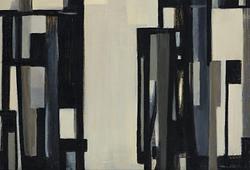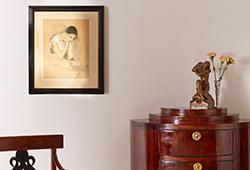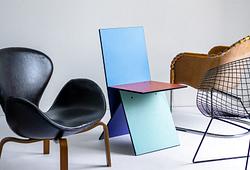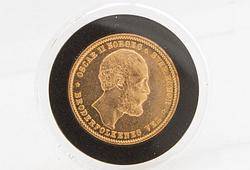A blue and white 'three rams' vase, late Qing dynasty (1644-1912).
Resting on a short spreading foot with an ovoid body decorated with three rams in a landscape scene with berries, leafy trees and rose bushes between bands of ruyi heads. The neck further decorated with bats and sanduo sprays and stylised lotus blossoms. Height ca 32,5 cm. Total height 59 cm.
Mounted as a lamp, not examined inside and underneath, hole for electrical cord.
Muut tiedot
The design of 'Three Rams' (san yang), represent in Chinese history the arrival of Spring and the New Year with a change of fortune. It is usually shown with the rising sun, forming the rebus for bringing prosperity. In the book 'yijing' (the Book of Changes), it is mentioned that the phrase 'san yang' refers to the three male lines, 'tai', the symbol of heaven. Tai is placed under the three female lines 'kun', representing earth. Thus, the phrase 'sanyang kaitai' means that the New year brings renewal and a change in fortune.










































